Continuing our exploration of Argentine blue cheeses…
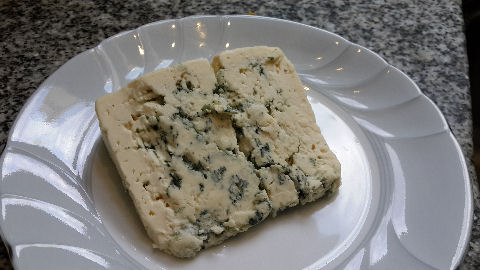
 El Criollo Queso Azúl – elaborated using Penicillium roqueforti, produced in roughly 2.5kg wheels, in Buenos Aires province. Foil wrapped, no rind. Very white. Well mottled with medium blue-green mold. Aromas of butter and fresh herbs. Semi-soft, slightly creamy, with bits of crystallization. Fresh, buttery and herbal flavors, mildly salty, overall mild. 180 pesos/kg, September 2014 (El Nono Amigo).
El Criollo Queso Azúl – elaborated using Penicillium roqueforti, produced in roughly 2.5kg wheels, in Buenos Aires province. Foil wrapped, no rind. Very white. Well mottled with medium blue-green mold. Aromas of butter and fresh herbs. Semi-soft, slightly creamy, with bits of crystallization. Fresh, buttery and herbal flavors, mildly salty, overall mild. 180 pesos/kg, September 2014 (El Nono Amigo).
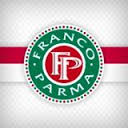 Coming up, four blues from the Franco Parma chain of gourmet shops. Now, originally I thought I was going to have a similar experience to the one I had at Piccolo Positano, detailed at the bottom of the previous post in this series. I entered the Franco Parma closest to me, on Vicente Lopez, and asked about the four cheeses, all of which were just labeled in one variation or another of “blue”. The counter guy’s first response was more or less the same – a sort of why do you want to know, why should we tell you, just accept that they’re blues from Argentina. But then I told him why, and he immediately got all excited that someone was actually that interested in their cheeses, apparently he’s really into it too. Assuming he’s giving me the straight dope, Franco Parma sources these cheeses from three specific dairy farms that make cheeses to order for them, and they buy the entire production, with the FP name being the only identifier. Now, he wasn’t going to give me the specific farmer/cheesemaker to call up, but he was willing to divulge a fair amount of detail as to specifically where each was produced for them.
Coming up, four blues from the Franco Parma chain of gourmet shops. Now, originally I thought I was going to have a similar experience to the one I had at Piccolo Positano, detailed at the bottom of the previous post in this series. I entered the Franco Parma closest to me, on Vicente Lopez, and asked about the four cheeses, all of which were just labeled in one variation or another of “blue”. The counter guy’s first response was more or less the same – a sort of why do you want to know, why should we tell you, just accept that they’re blues from Argentina. But then I told him why, and he immediately got all excited that someone was actually that interested in their cheeses, apparently he’s really into it too. Assuming he’s giving me the straight dope, Franco Parma sources these cheeses from three specific dairy farms that make cheeses to order for them, and they buy the entire production, with the FP name being the only identifier. Now, he wasn’t going to give me the specific farmer/cheesemaker to call up, but he was willing to divulge a fair amount of detail as to specifically where each was produced for them.
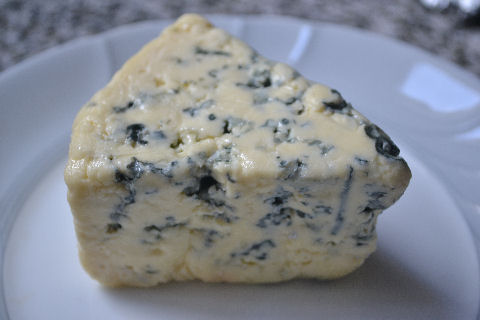
Franco Parma Azúl estilo Francés – elaborated using Penicillium roqueforti, produced in roughly 1kg wheels, in the town of Urdinarrain in Entre Rios province. Foil wrapped, no rind. Very white. Well mottled with blue green mold. Aromas of hay, toasted nuts. Creamy, soft. Similar flavors, along with a nice pungency, to date, one of my favorite blues tried here. Perhaps it shouldn’t be surprising, it’s also one of the most expensive, at 329 pesos/kg, January 2015 (Franco Parma).
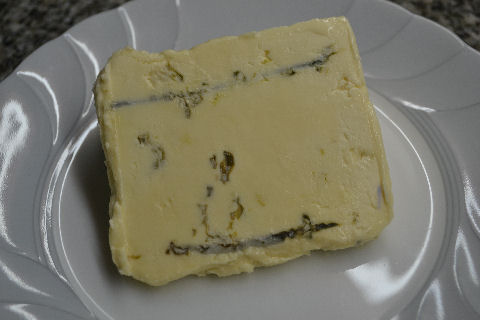
Franco Parma Gorgonzola – elaborated using Penicillium glaucum, produced in roughly 1kg wheels, in the town of Urdinarrain in Entre Rios province (same dairy farm as above). No rind. Yellowish white with forest green veining and a bit of crystallization. Aromas very funky, like slightly rancid butter and grass clippings. Creamy and soft, with a bit of crunch from the crystallized bits. Flavor is intensely grassy and herbal with a hint of butteriness. Not one of my favorites, just a bit too “green” in flavor. Pricey at 399 pesos/kg, January 2015 717 pesos/kg, September 2017 (Franco Parma).
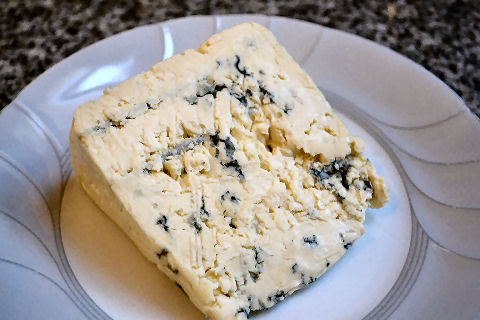
Franco Parma Azúl Argentino – elaborated using Penicillium roqueforti, produced in roughly 1kg wheels, in Santa Fé province. No rind, foil wrapped. Stark white with blue-green veining. Fairly soft cheese, not quite creamy, but borderline. Buttery, almost popcorn and peanut like aromas that continue onto the palate along with a hit of saltiness. Very mild cheese – with eyes closed I’d probably not guess it to be a blue. Given that, it’s a bit too pricey at 287 pesos/kg. January 2015 (Franco Parma).
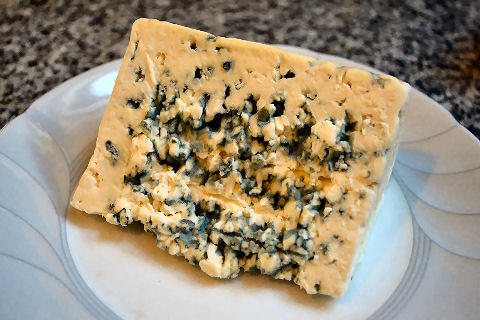
Franco Parma Roquefort de Oveja – elaborated using Penicillium roqueforti, and, mostly sheep’s milk (although labeled as a sheep’s milk cheese, the counterman was fairly sure it was not 100%). Produced in roughly 1kg wheels, in southern Buenos Aires province. No rind, foil wrapped. Yellowish in color with heavy blue-green veining. Herbal aromas with just a touch of funkiness. Crumbly, only semi-soft cheese. On the palate a pleasant sharpness with lovely herbal flavors. Quite good. 319 pesos/kg, January 2015 (Franco Parma).
Valenti is another chain of shops that has cheeses made specifically for them.
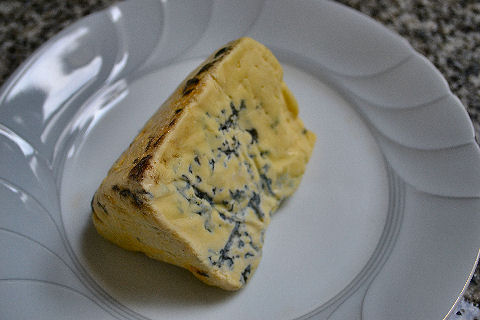 Valenti Azúl de Santa Fé – elaborated using Penicillium roqueforti, produced in roughly 2kg wheels, in Santa Fé province. No rind, foil wrapped. Orange-white with heavy blue-green marbling, blue-black mold on the rind where the marbling has “broken through”. Pungent, earthy aroma. Dense and creamy, just slightly crumbly. Strong and sharp on the palate. Good. 290 pesos/kg, March 2015 (Valenti)
Valenti Azúl de Santa Fé – elaborated using Penicillium roqueforti, produced in roughly 2kg wheels, in Santa Fé province. No rind, foil wrapped. Orange-white with heavy blue-green marbling, blue-black mold on the rind where the marbling has “broken through”. Pungent, earthy aroma. Dense and creamy, just slightly crumbly. Strong and sharp on the palate. Good. 290 pesos/kg, March 2015 (Valenti)
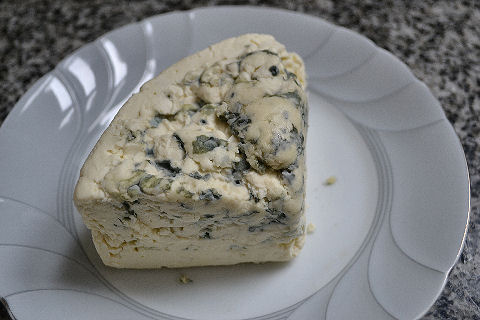 Valenti Bleu de Gruta; – elaborated using Penicillium roqueforti, produced in roughly 2kg wheels, in Buenos Aires province. No rind, foil wrapped. Stark white, deep green marbling concentrated in the center with a good 1cm+ border without marbling around it. Buttery, herbal aromas. Creamy and soft, with a very mild flavor, leaning towards the same butter and herbs. Good. 229 pesos/kg, March 2015 (Valenti)
Valenti Bleu de Gruta; – elaborated using Penicillium roqueforti, produced in roughly 2kg wheels, in Buenos Aires province. No rind, foil wrapped. Stark white, deep green marbling concentrated in the center with a good 1cm+ border without marbling around it. Buttery, herbal aromas. Creamy and soft, with a very mild flavor, leaning towards the same butter and herbs. Good. 229 pesos/kg, March 2015 (Valenti)
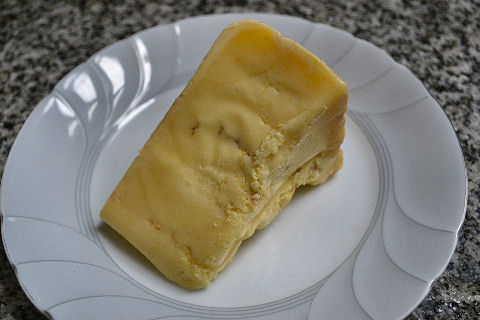 Valenti Gorgonzola; – elaborated using Penicillium glaucum, produced in roughly 2.3kg wheels, in Buenos Aires province. No rind, vacuum packed. Yellow white, faint olive green marbling – so faint that a) I didn’t at first notice it as a blue, and b) the counter guy said – well, it’s made like a blue cheese, like a gorgonzola, but we don’t think of it as a blue. Grassy, cream aromas. Semi-soft cheese. Very mild, not quite a “gorgonzola dulce”, but pretty close, and without the hit of saltiness, I’d probably think of it that way. Quite good. 379 pesos/kg, March 2015 (Valenti)
Valenti Gorgonzola; – elaborated using Penicillium glaucum, produced in roughly 2.3kg wheels, in Buenos Aires province. No rind, vacuum packed. Yellow white, faint olive green marbling – so faint that a) I didn’t at first notice it as a blue, and b) the counter guy said – well, it’s made like a blue cheese, like a gorgonzola, but we don’t think of it as a blue. Grassy, cream aromas. Semi-soft cheese. Very mild, not quite a “gorgonzola dulce”, but pretty close, and without the hit of saltiness, I’d probably think of it that way. Quite good. 379 pesos/kg, March 2015 (Valenti)
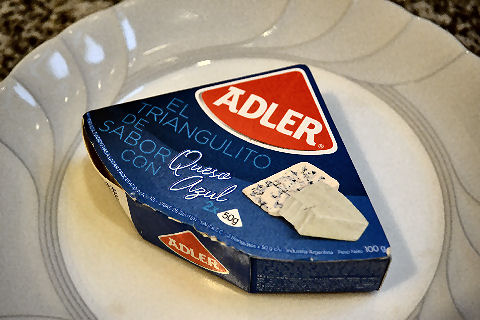
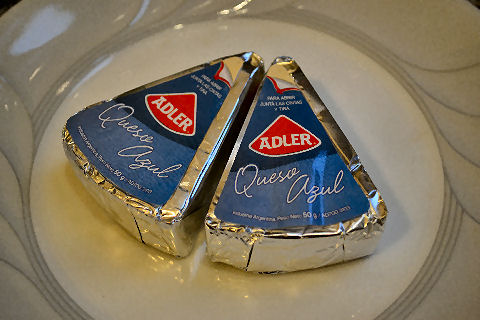
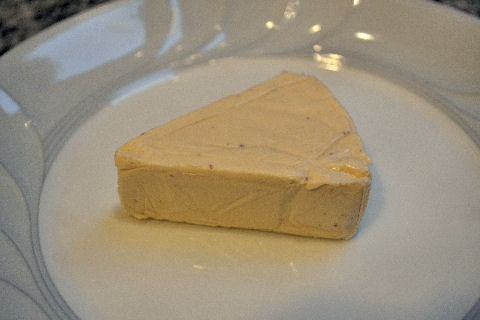
Adler El Triangulito de Sabor con Queso Azul – This one’s kind of a joke, but there it was in a local mini-mart. It does contain, supposedly, actual blue cheese (and apparently Adler does make and sell blue cheese, though I’ve not been able to find it) – based on the ingredient list its a blended, spreadable cheese made from blue cheese, unspecified white cheese, and Danbo, a local version of a mild Danish cheese. It has no aroma of anything but sort of a cream cheese, and no more flavor than that either. Two little triangles of 50 gm ran 22 pesos. Hey, we sliced it and tossed it on a pizza.
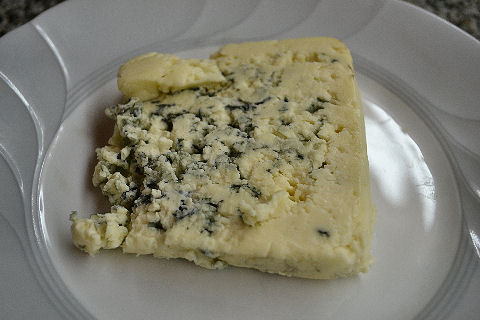
Shehuén Queso Azúl – I found no information about this one at all, and the folk in the store knew nothing about it either. There is a Rio Shehuen in Santa Cruz, in Patagonia, along with numerous businesses using the same moniker, so I’m guessing that this cheese is from there, though the trademark is registered to a Mendoza export company, J.A. Esnaola & Hijos. Foil wrapped, no rind. Off-white, heavily mottled with a very deep blue green mold. Pungent aroma. Soft and very crumbly, fairly sharp on the palate with a lot of intense grassy and leafy notes. Overall kind of odd. 110 pesos/kg, April 2015 (La Lomada).
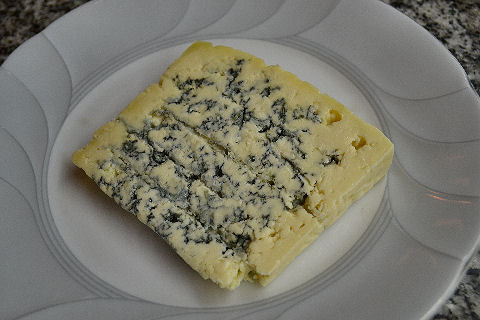
Lucrecia Roquefort “Los Ilusiones” – produced in roughly 3kg wheels in San Carlos, Santa Fé province. Foil wrapped, slightly crusty, yellow rind. Off white, well mottled with grey-green mold. Strong, almost briny aroma. Creamy and soft, crunchy bits of crystals. We found it overwhelmingly strong in flavor, far more than we expected from the aroma – a bit bitter, off-flavors that reminded us of wet cardboard – almost like a corked wine, and rather unpleasant – “The Illusions” is dead-on for a name for this cheese. 125 pesos/kg, April 2015 (Estancia Don Elias).
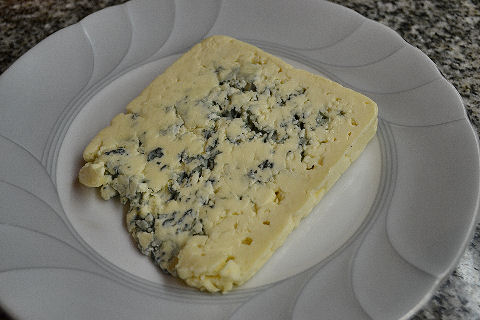
La Lucila Queso Azúl – produced in roughly 2.5kg wheels in San Cristobal, Santa Fé province. Foil wrapped, no rind. Bright white, bright blue green mold, very centered. Buttery, nutty aroma. Soft, somewhat crumbly cheese, with a slight graininess. Subtle on the palate, with notes of salted popcorn, herbs, and butter, a little sharpness on the finish. Good, relatively mild blue. 125 pesos/kg, April 2015 (Sabores Pampeanos).
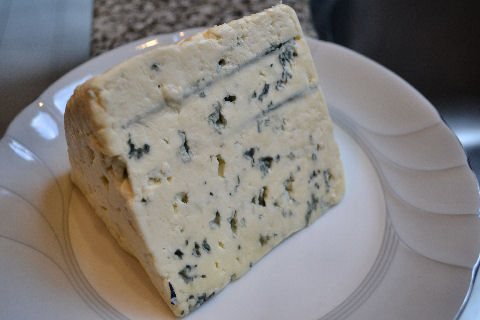
Tregar Queso Azúl – produced in roughly 2.8kg wheels in Gobernador Crespo, Santa Fé province. Foil wrapped, no rind. Bright white, well veined with a deep blue mold with just a touch of green to it. Buttery, herbal aromas. Creamy smooth. Mild blue, with notes of butter, cream, grass, and just a hint of salt. This was one of the most difficult cheeses to find – it’s apparently produced in limited quantities, and it took almost six weeks of asking around before I finally found someone who knew where to order it from and special ordered it for me (without requiring that I buy the whole wheel). Definitely a favorite in the mild blue category. 180 pesos/kg, April 2015 (Camposabor)
Why am I always drawn to the most expensive things? Haha
If I had two choose which cheeses to take home with me, I’d go for the Franco Parma blue (Azul estilo frances), the Valenti Azul de Santa Fe, and The Valenti Gorgonzola.
I see that Franco Parma has storefronts in Capital…Where are the Valenti storefronts located? Can you also buy these cheeses at the supermarket, and if so, which supermarkets can you find them at? Thanks for sharing the info! 🙂
Chrystin,
You can find locations for them at:
Franco Parma: http://www.francoparma.com/
Valenti: http://www.valenti.com.ar/
I’d guess that neither of them sell their cheeses through supermarkets. Between the two writeups, I’d say that I’d probably agree with you on the expensive end of things. But, I think you get “more bang for your buck” with the really good Tregar, Emperador, and San Ignacio, the last of which is definitely available in supermarkets.
[…] Continued in a second post here. […]